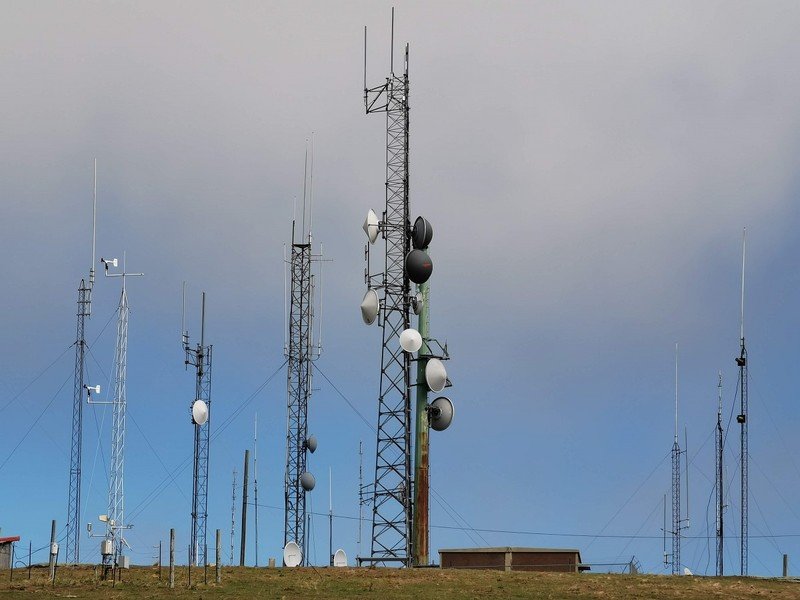How does 5G pose a threat to the airline industry?

Airline officials have warned the FAA, the FCC, the President's office, and the Department of Transportation that the activation of AT&T and Verizon 5G cell sites in close proximity to major airports could lead to a "catastrophic" aviation crisis. To drive the point home, it's said that C band 5G service scheduled to begin this week could render a "significant number" of aircraft unusable and this could lead to stranding tens of thousands of American travelers.
As a precaution, AT&T and Verizon have decided to not activate a number of cell sites that could interfere with airline safety or lead to grounded flights. AT&T and Verizon are frustrated because this information isn't new — it's been known since 2019 — but has never been acted on. It's confusing, to say the least, in part because none of the actual players is bothering to explain it completely even though it affects the best Android phones.
What's happening?

In early 2021 C band spectrum in the 3.7 to 3.98 GHz range was auctioned off to carriers for use in 5G networks. Like most other countries, the U.S. tightly controls the licensing and usage of much of the available radio spectrum. This means that carriers need to lease it and follow specific rules governing its use. It's also worth mentioning that T-Mobile isn't using any of the spectra in question here and that AT&T and Verizon seem to have followed every rule and law in good faith.
It turns out that aircraft altimeters (and possibly other instrumentation) operate in the 4.2 to 4.4 GHz range. Because this is close to the frequency that carriers will use for high-speed networks, there is a legitimate fear that interference could occur, especially when close to a cell transmission site where the signal would be more powerful.
The readouts from these instruments are used to help detect weather anomalies and assist in the safe landing of aircraft, which is pretty important. Should AT&T and Verizon enable all of the cell sites that are ready, the FAA would need to ban the use of these instruments at around 40 U.S. airports. This means flight disruptions and lost revenue for the airlines.
This is a U.S.-specific problem because of the radio spectrum auctioned off. In Europe, for example, the EASA (European Union Aviation Safety Agency) says no risk has been identified in the E.U. because the standards set for 5G communications are in the 3.4 to 3.8 GHz range. This leaves enough "dead" space to act as a buffer between communications so there is no potential for overlap.

In addition, the broadcast power level for 5G networks in Europe is lower than it would be in the U.S. With lower strength signals the potential for interference is further limited.
Get the latest news from Android Central, your trusted companion in the world of Android
It's not just the E.U. that seems to have solved this issue. South Korea is another example, as 5G frequencies are between 3.4 and 3.7 GHz and also have lower broadcast strength limitations set by the government. As the CTIA notes, the C band spectrum for 5G telecommunications is in use in nearly 40 countries worldwide with no reported effects on aircraft equipment operating in the internationally designated 4.2 to 4.4 GHz bands.
The bigger question may be how to fix it. For the immediate future, Verizon and AT&T will need to halt plans to turn on cell sites near airports but this isn't a good long-term solution. Neither is changing the frequency used by aircraft instruments because that's an international standard. Lowering transmission power limits or changing the spectrum used for 5G may not be possible without erasing all the progress that has been made with 5G so far.
It feels like better planning could have prevented this, but as a layman, it's easy to say that. I'm not sure what would be needed to ensure there is no radio interference or how to even certify new equipment that is still operational, but that may be what's required in the end.

Jerry is an amateur woodworker and struggling shade tree mechanic. There's nothing he can't take apart, but many things he can't reassemble. You'll find him writing and speaking his loud opinion on Android Central and occasionally on Threads.
